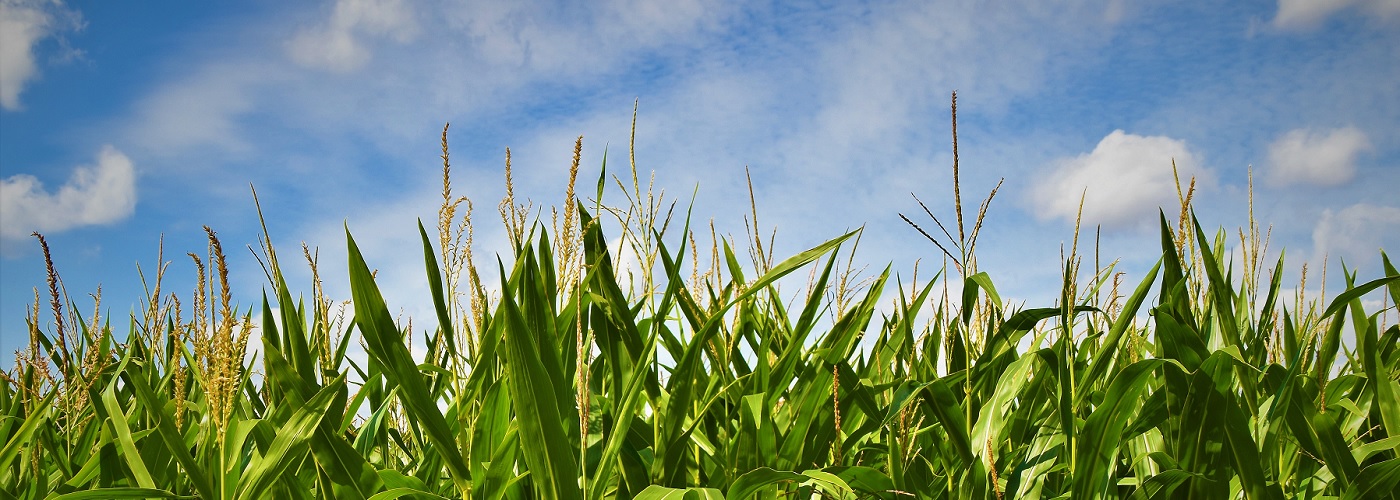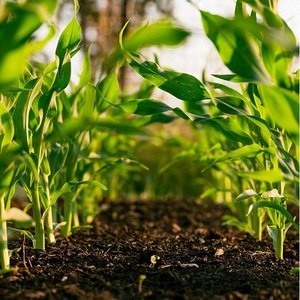

Corn is the most cultivated crop in the US. In 2019, 91.7 million acres of corn were planted. 33% of the crop goes to feeding livestock, while another third is used to produce ethanol. The other portion left goes into food production or is exported to other countries. With all the acreage that is dedicated to corn in the lower 48, corn actually has an impact on the climate of corn-producing areas. In a nutshell, it can make it more humid!
The summer season is known for extended periods of high humidity over the central and eastern U.S. The best measure of humidity is given by the dew point. The dew point is essentially a number that corresponds to an absolute quantity of moisture in the air at a given time. Any increase in moisture will correspond to a rise in the dew point temperature. It tends to feel humid when the dew point gets into the 60s, and then it becomes oppressively humid as the dew point rises over 70 degrees.
The main contributor to moisture content in the atmosphere are large, warm bodies of water. In the U.S., the main source of humidity are the warm waters that reside in the Gulf of Mexico. Additional moisture can also be brought into the atmosphere from soil and plants. When soil moisture is high, the amount of moisture that gets brought into the air increases. This can raise the dew point further.
All plants release moisture into the air via a process called evapotranspiration, and corn does this at a higher rate that any other crop. It is likely due to the fact that corn was domesticated from a wild grass that is indigenous to Central America, where average rainfall is much higher than in the U.S. The fact that corn's ancestor came from a much wetter climate, likely explains why corn plants lose more moisture to the air than other plants. Corn's sweat has been known to raise the dew point a handful of degrees in the summer in and near high corn-producing areas!
For a look at where the most corn is grown in the US click here.
https://ipad.fas.usda.gov/rssiws/al/crop_production_maps/us/USA_Corn_Total_Lev2_Prod_2012_2017.jpg
